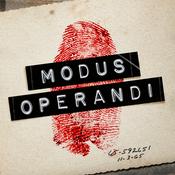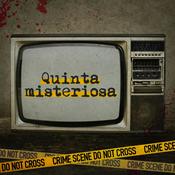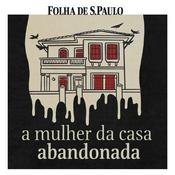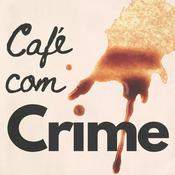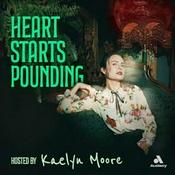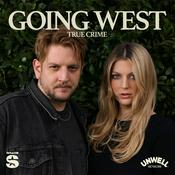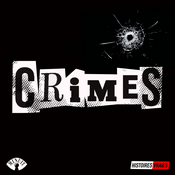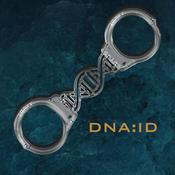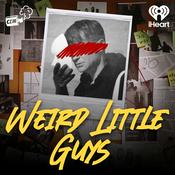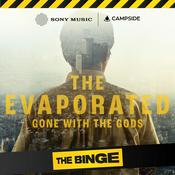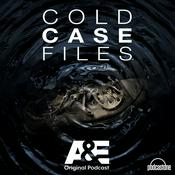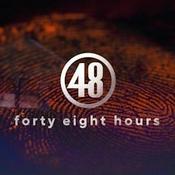Episódios Disponíveis
5 de 16
- One more helping, for good measure: Satan (Taylor’s Version)In this bonus episode, Sarah talks to Yvonne Eadon, a professor at the University of Kentucky who specializes in conspiracy theory and online misinformation, about GAYLOR — the online fan theory that claims Taylor Swift is a closeted queer woman.--------42:23
- Yet another helping from Satan: The Devil’s storytellersIn this bonus episode, Sarah talks to Professor Bill Ellis who specializes in folklore and urban legends, and they chat about the innate human behaviours that lead us to create panics in the first place.--------23:22
- A second helping from Satan: Elizabeth Knapp’s PossessionWe travel back in time to 1670s Massachusetts to review the famous case of the so-called Satanic possession of 16-year-old Elizabeth Knapp — which took place twenty years before the Salem Witch Trials. In this bonus episode, Sarah and producer Carolyn Kendrick talk to professor Elisabeth Ceppi to find out more about possession in Puritan America.--------37:33
- Episode 8: Where Are We Now?Now that we know where we’ve been, where are we going? As the Satanic Panic receded from view, we almost forgot it had happened at all – until it came back. How do today’s moral panics compare to the one we just learned about? And what can we learn from the tragedy at Jonestown?--------58:28
- A second helping from Satan: Satanic InjusticeHow did the U.S. legal system allow the Satanic Panic to proliferate as rapidly as it did? In this bonus episode, Sarah chats with journalist Josie Duffy Rice (Justice In America, The Appeal) who has written extensively about prisons, prosecutors and criminal justice.--------36:45
Mais podcasts de Crimes verdadeiros
Podcasts em tendência em Crimes verdadeiros
Sobre The Devil You Know with Sarah Marshall
In the 1980s and 90s, Satan and his followers were accused of brainwashing children, sacrificing babies, and infiltrating North American society on a massive scale — yet these thousands of alleged Satanists were nowhere to be found. Even so, the narrative became embedded in our cultural memory, warping everything it touched — including the lives of innocent people.. And it never quite died out.In a new 8-part series, Sarah Marshall (You’re Wrong About) explores the tangled web of the Satanic Panic, in a journey that will take you everywhere from Victoria, B.C. to rural Kentucky to San Antonio, Texas. This is a show about the people who experienced the Satanic Panic in real-time — the believers, the skeptics, the bystanders, and the wrongfully-convicted. What was it like to be a psychologist told to look for Satanists in every case; a mother slowly recovering memories of supposed Satanic abuse; a teenager accused of conspiracy to murder? The stories of these eyewitnesses point us toward the real underlying problems — individual and societal — that the Panic was a response to. The fault, as ever, was not with Satanists, but in ourselves.
Site de podcastOuça The Devil You Know with Sarah Marshall, Modus Operandi e muitos outros podcasts de todo o mundo com o aplicativo o radio.net
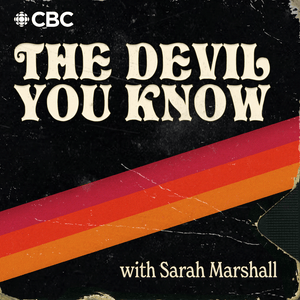
Obtenha o aplicativo gratuito radio.net
- Guardar rádios e podcasts favoritos
- Transmissão via Wi-Fi ou Bluetooth
- Carplay & Android Audo compatìvel
- E ainda mais funções
Obtenha o aplicativo gratuito radio.net
- Guardar rádios e podcasts favoritos
- Transmissão via Wi-Fi ou Bluetooth
- Carplay & Android Audo compatìvel
- E ainda mais funções


The Devil You Know with Sarah Marshall
Leia o código,
baixe o aplicativo,
ouça.
baixe o aplicativo,
ouça.
